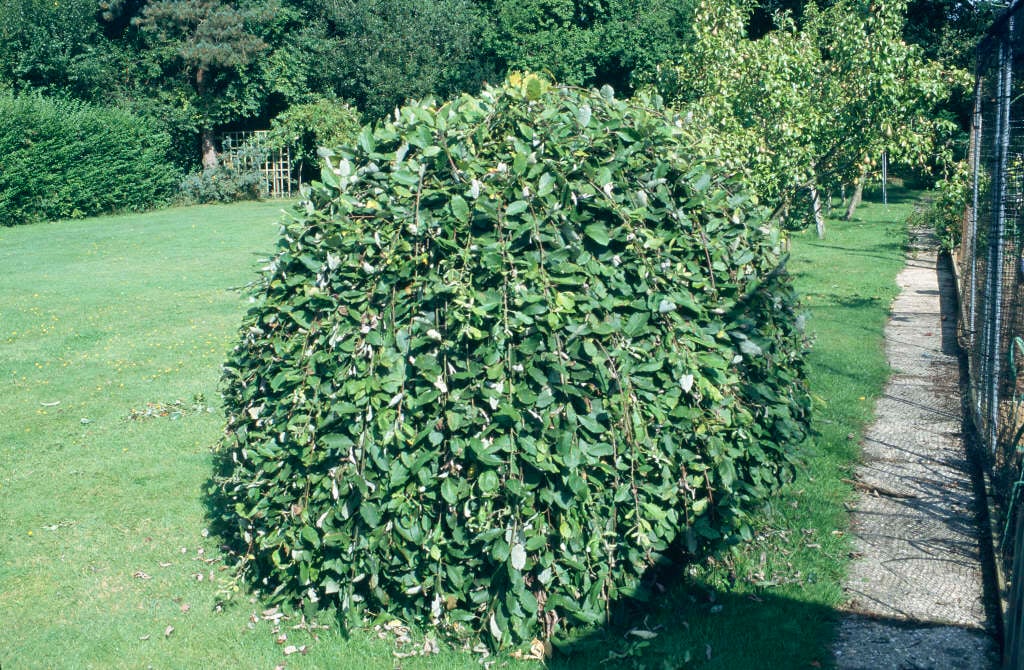Salix caprea 'Kilmarnock' (m)
Kilmarnock willow
A stiffly pendulous or weeping, usually top-grafted, small tree to 2.5 or 3m tall, with yellowish branches, ovate leaves, and large grey catkins with yellow anthers opening before the leaves
Size
Ultimate height
1.5–2.5 metresTime to ultimate height
5–10 yearsUltimate spread
1.5–2.5 metresGrowing conditions
Moisture
Moist but well–drainedpH
Acid, Alkaline, NeutralColour & scent
| Stem | Flower | Foliage | Fruit | |
| Spring | Grey Silver Yellow | Green | ||
|---|---|---|---|---|
| Summer | Green | |||
| Autumn | Green | |||
| Winter |
Position
- Full sun
Aspect
South–facing or East–facing or West–facing
Exposure
Exposed or Sheltered Hardiness
H6Botanical details
- Family
- Salicaceae
- Native to GB / Ireland
- No
- Foliage
- Deciduous
- Habit
- Pendulous weeping
- Genus
Salix are deciduous shrubs and trees of diverse habit, with simple leaves and tiny flowers in catkins, male and female usually on separate plants. Some are valued for their brightly coloured winter shoots, others for their foliage or showy male catkins
- Name status
Accepted
How to grow
Cultivation
Grow in moderately fertile, moist but well-drained soil in full sun. Very compact form, ideal for smaller gardens
Propagation
Propagate by top grafting to create a small weeping tree
Suggested planting locations and garden types
- City and courtyard gardens
- Cottage and informal garden
- Wildlife gardens
- Coastal
- Patio and container plants
- Flower borders and beds
Pruning
Pests
May be susceptible to aphids, caterpillars, leaf beetles, sawflies, willow scale
Diseases
May be susceptible to willow anthracnose, scab, canker, honey fungus and rust
Get involved
The Royal Horticultural Society is the UK’s leading gardening charity. We aim to enrich everyone’s life through plants, and make the UK a greener and more beautiful place.
